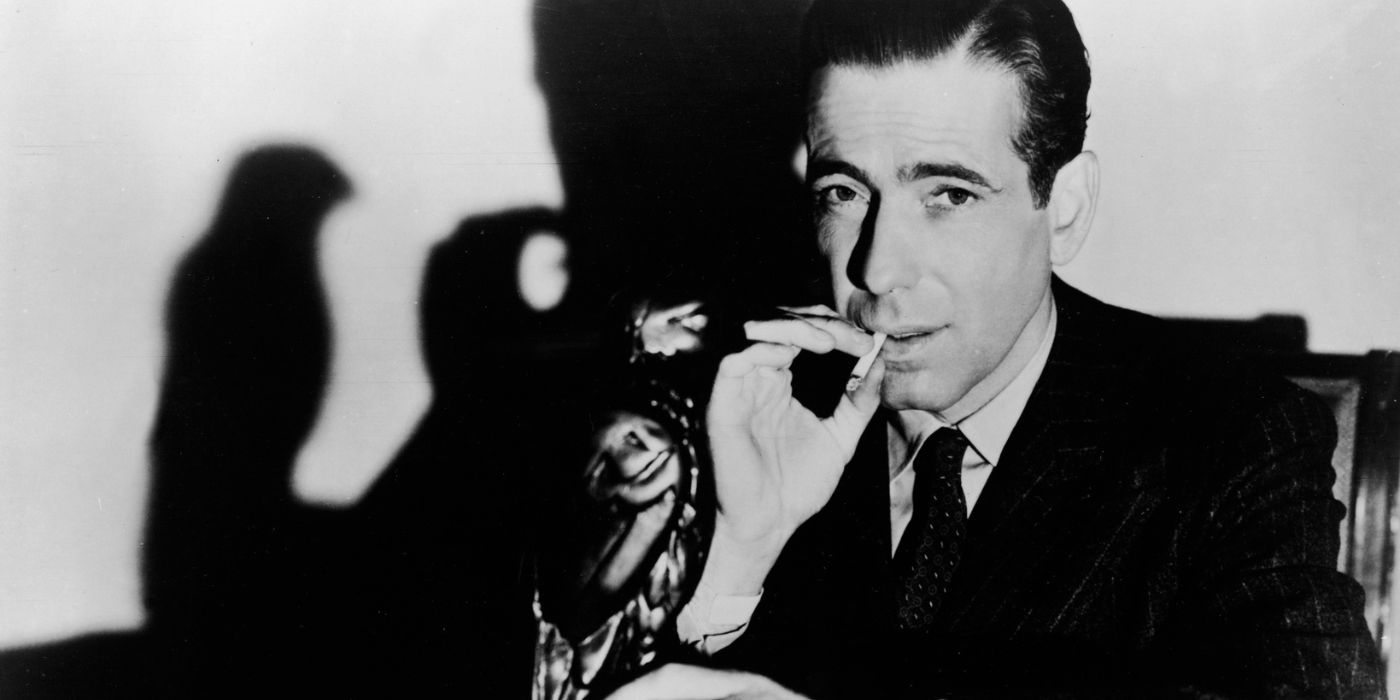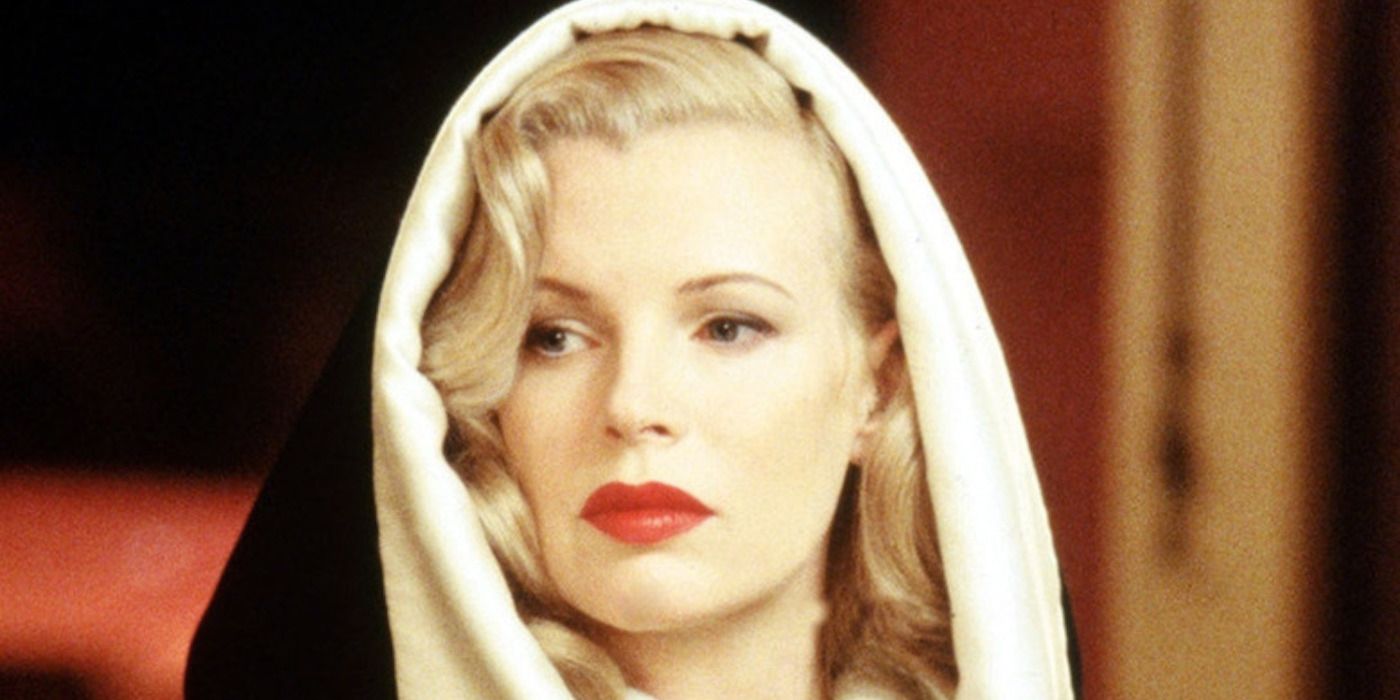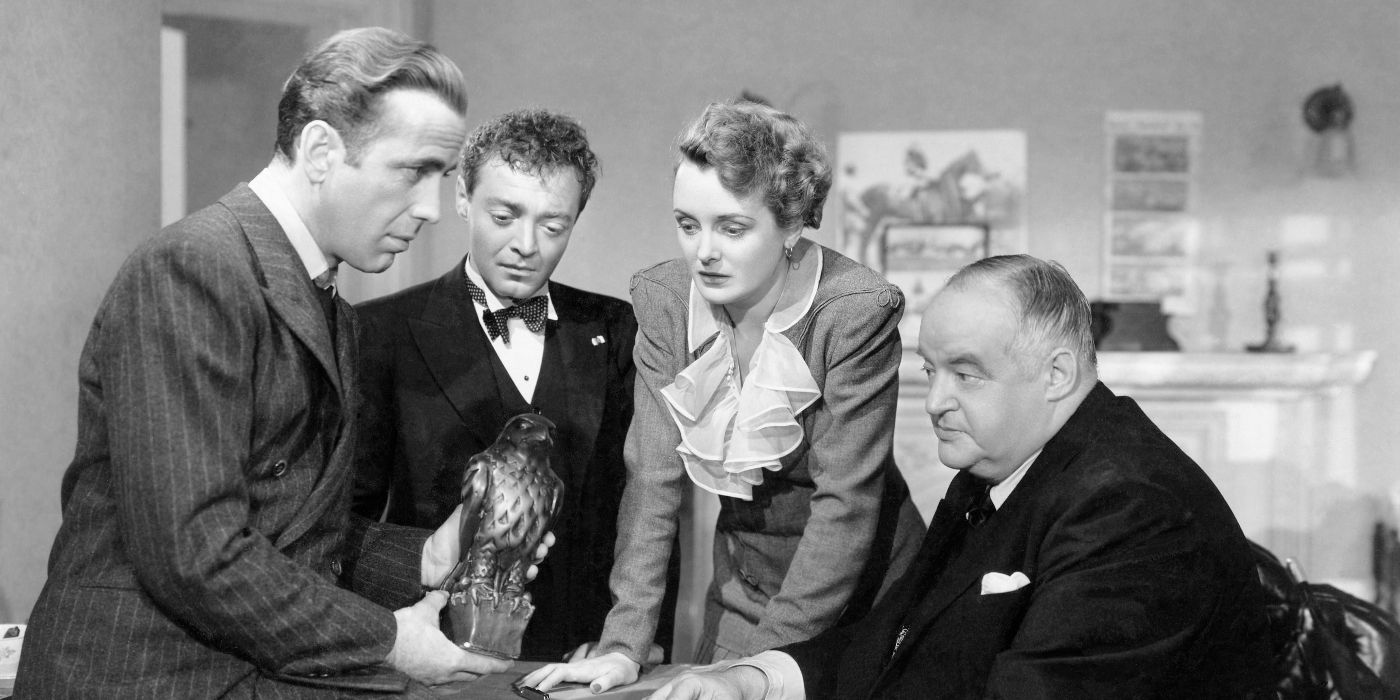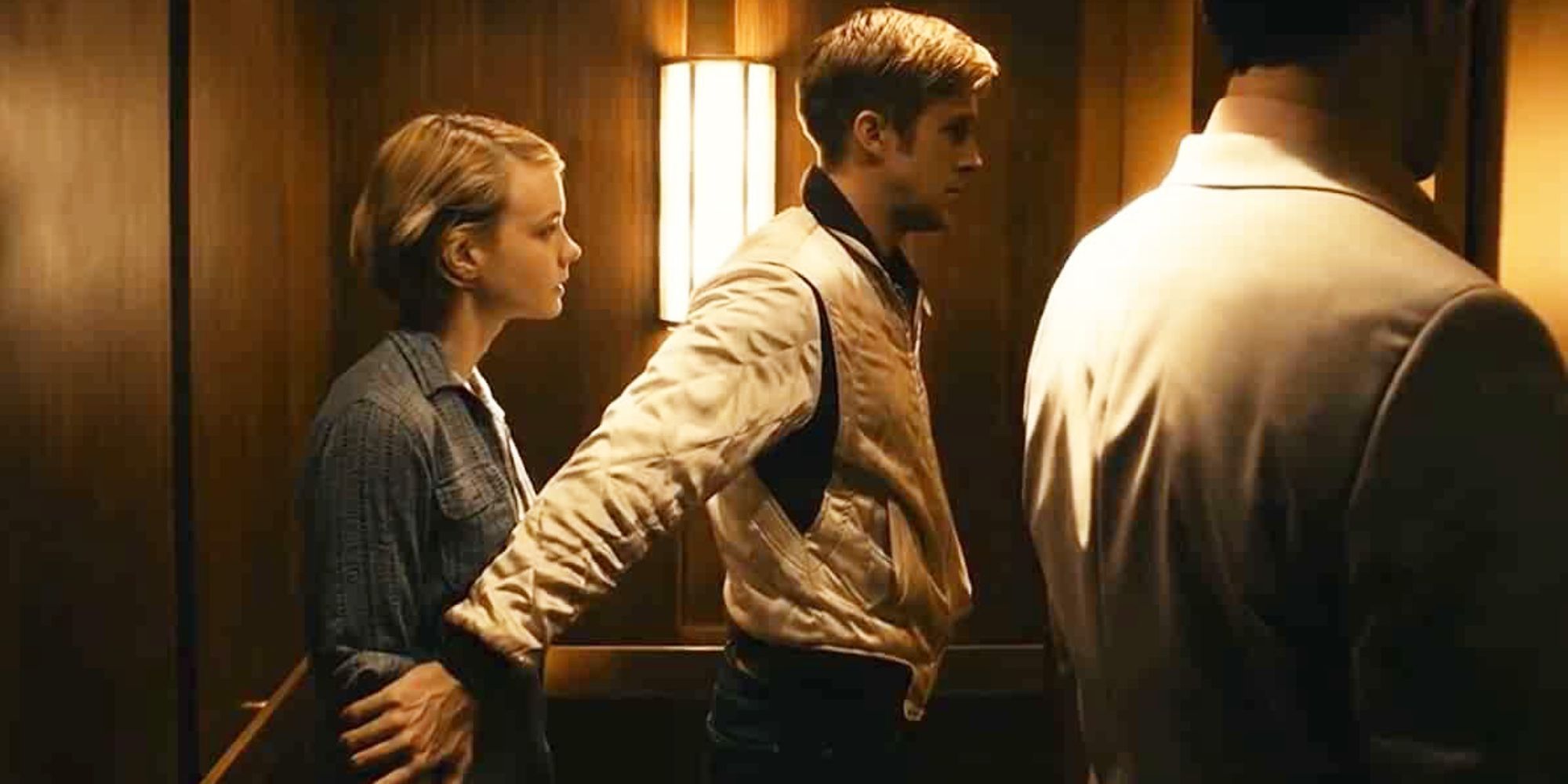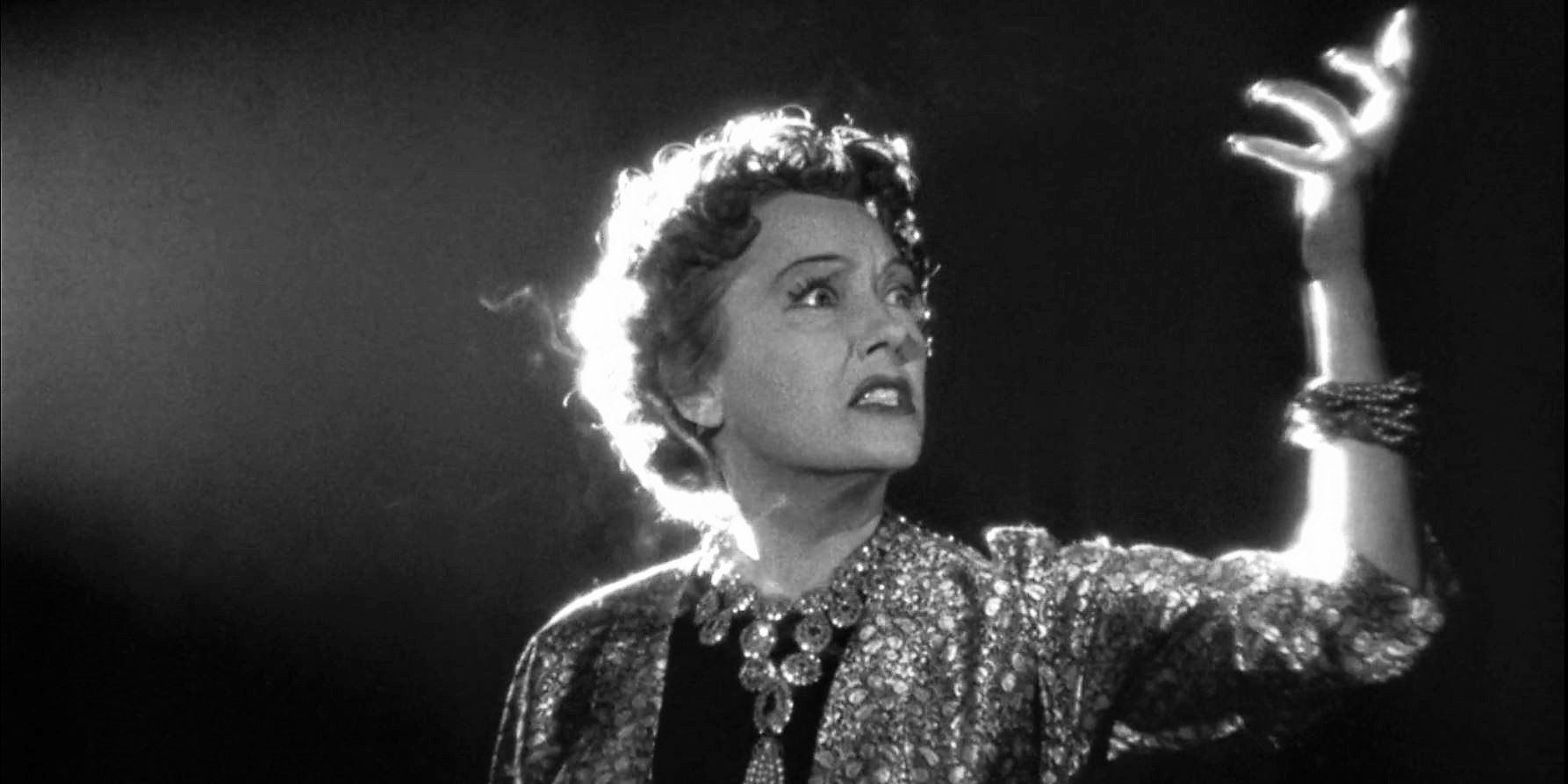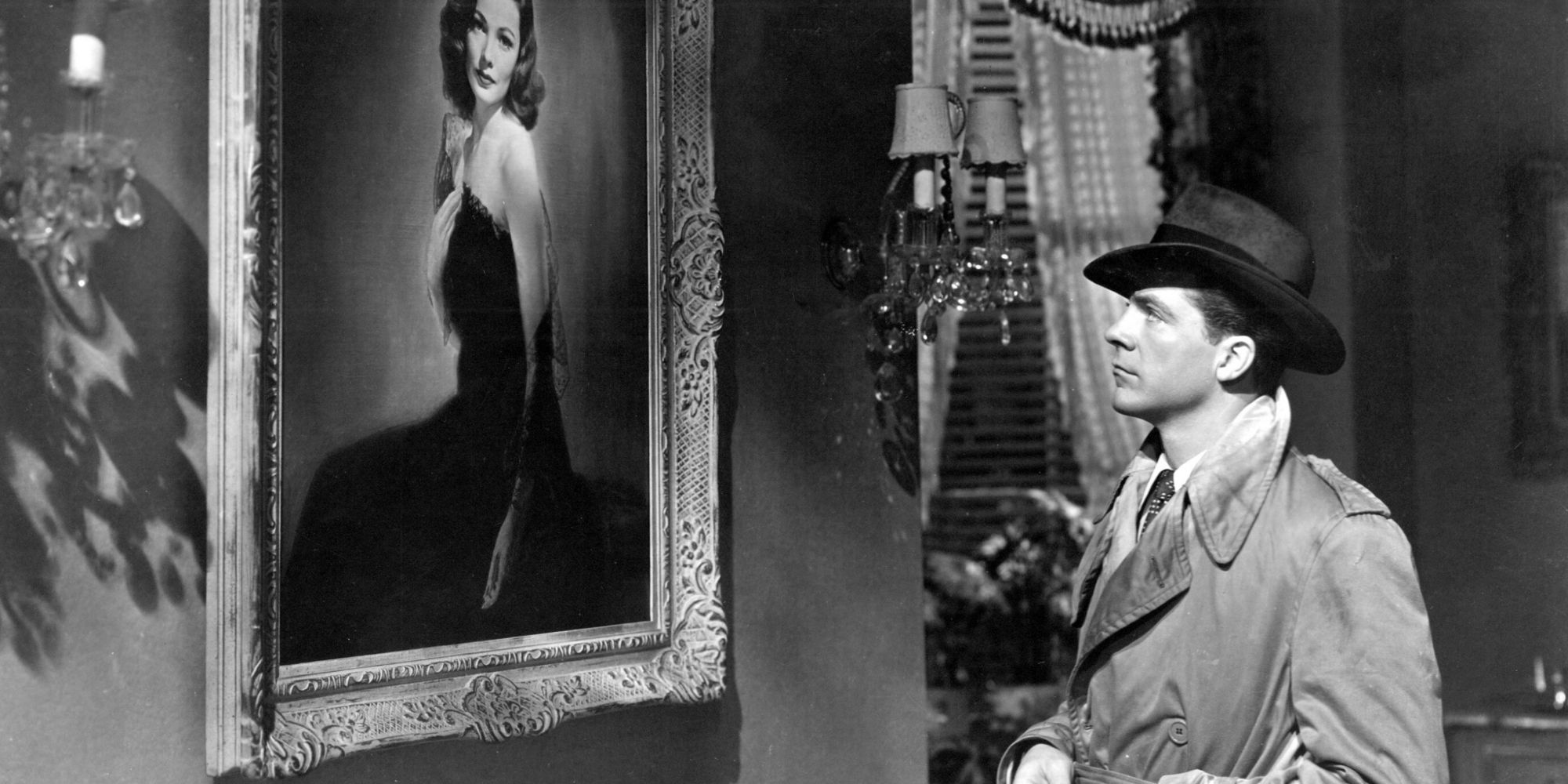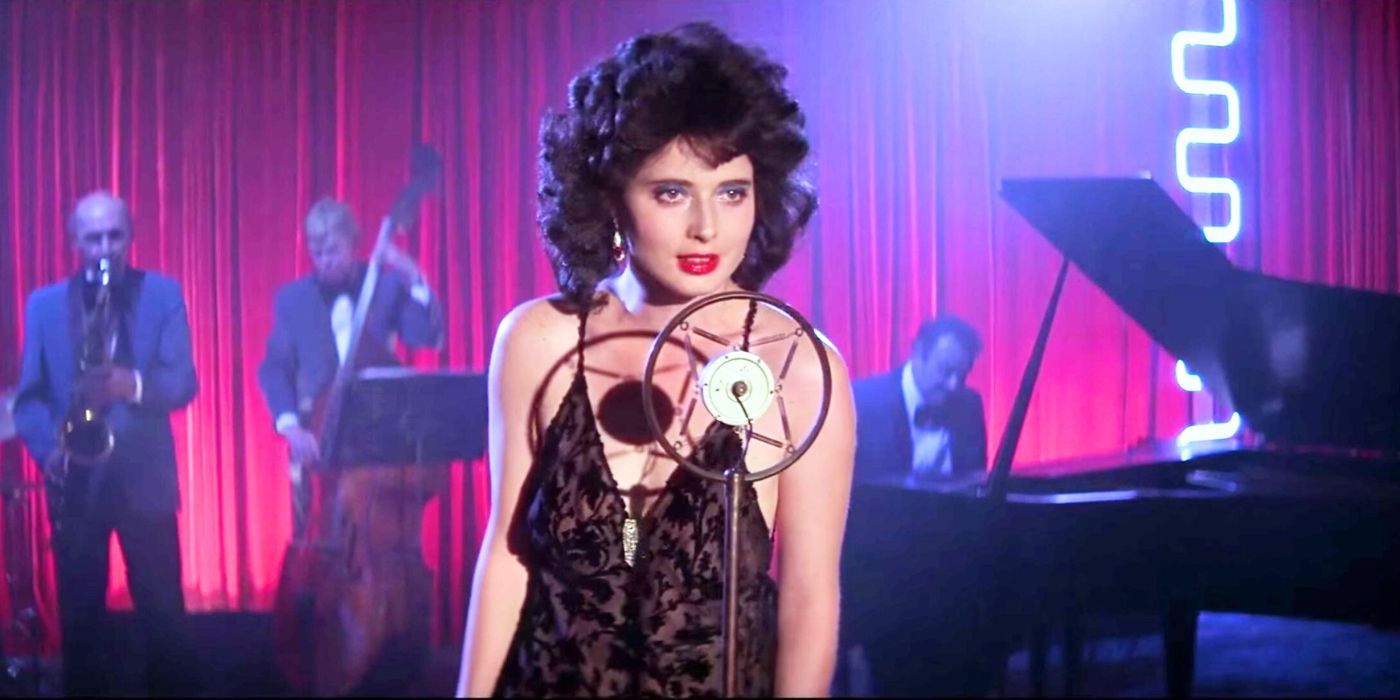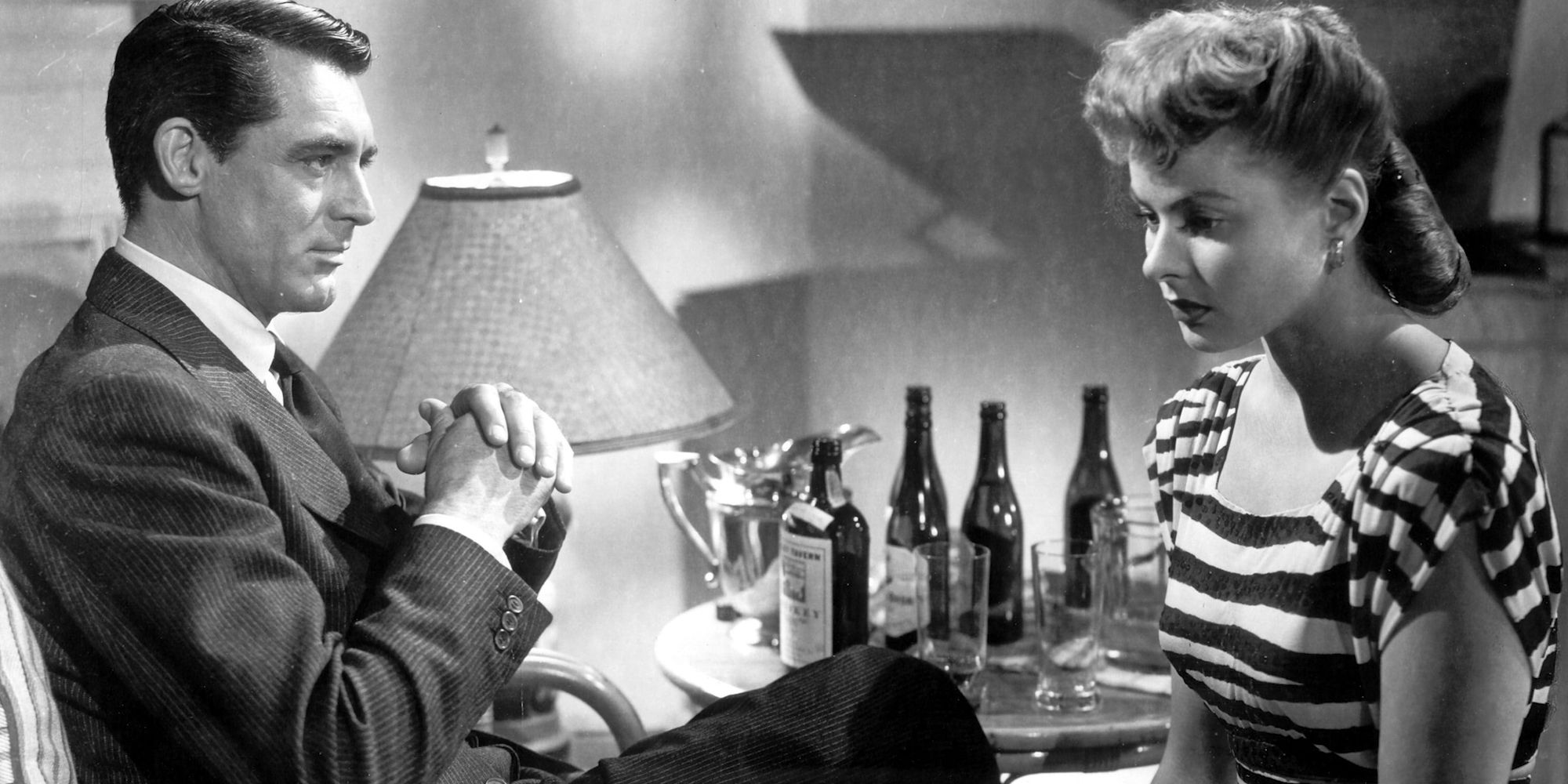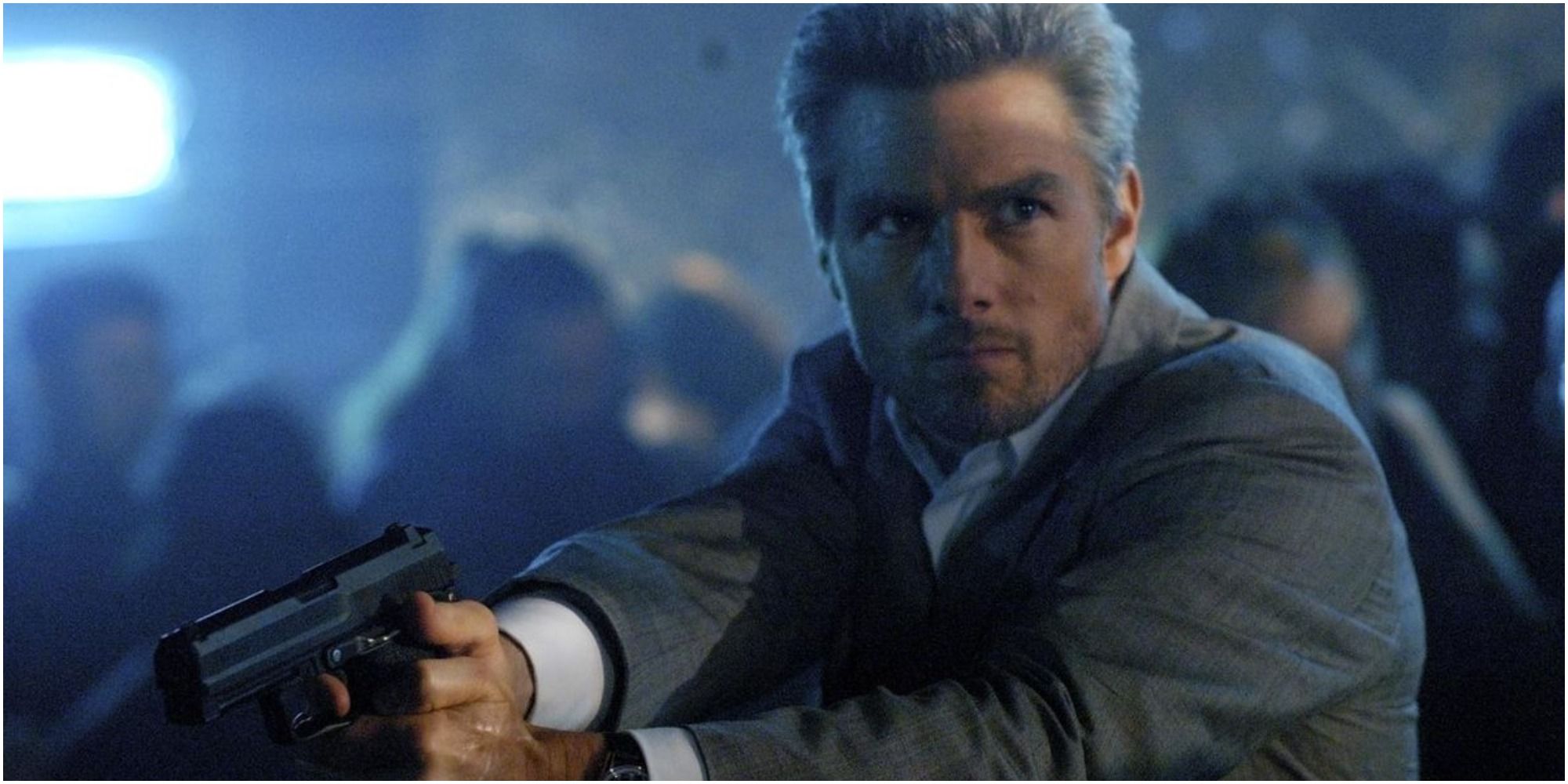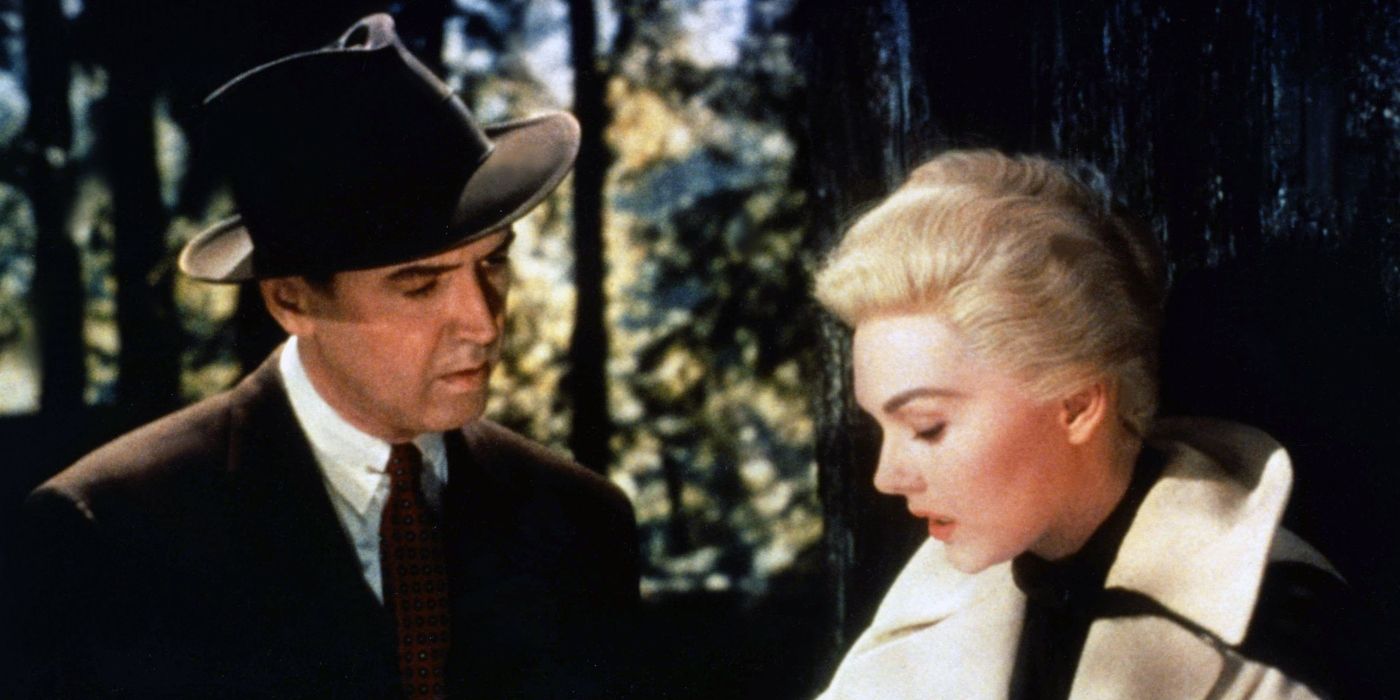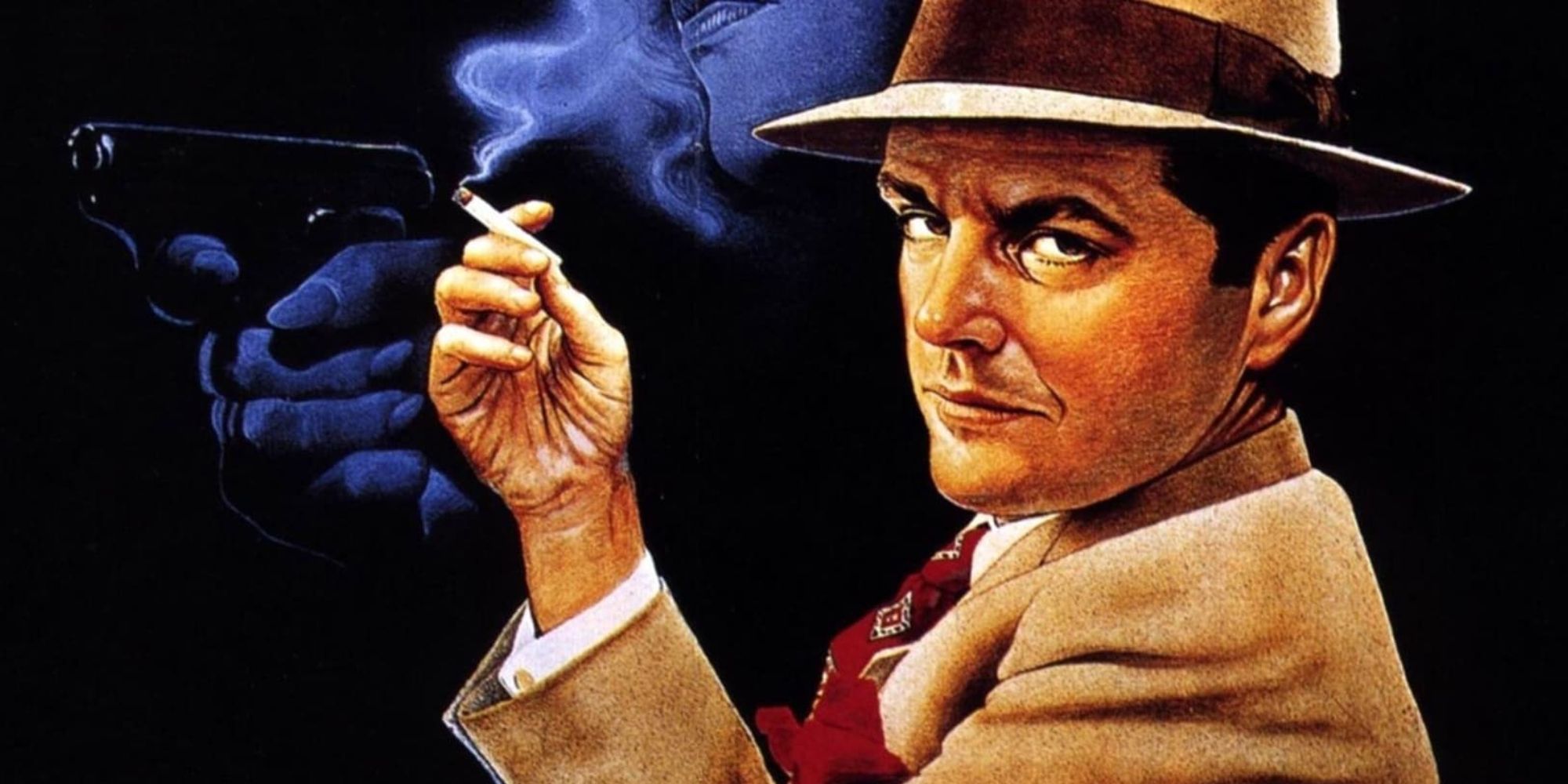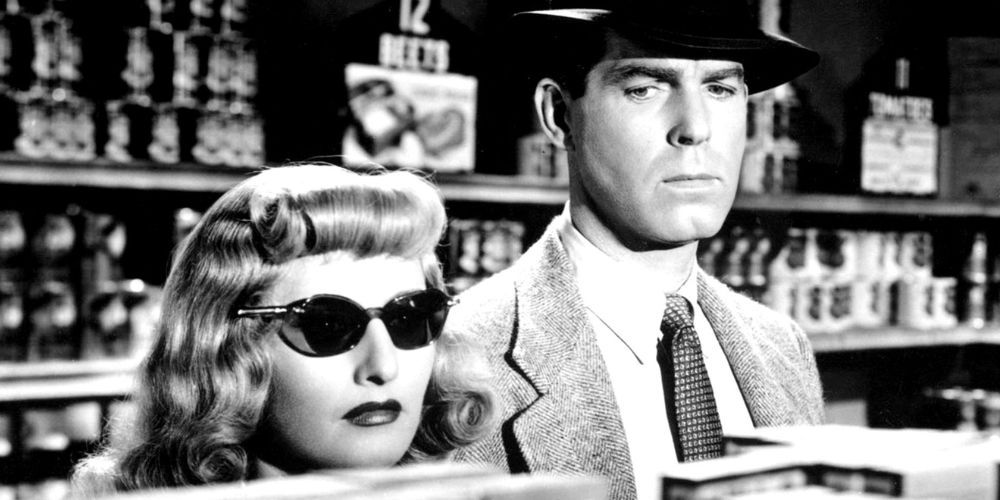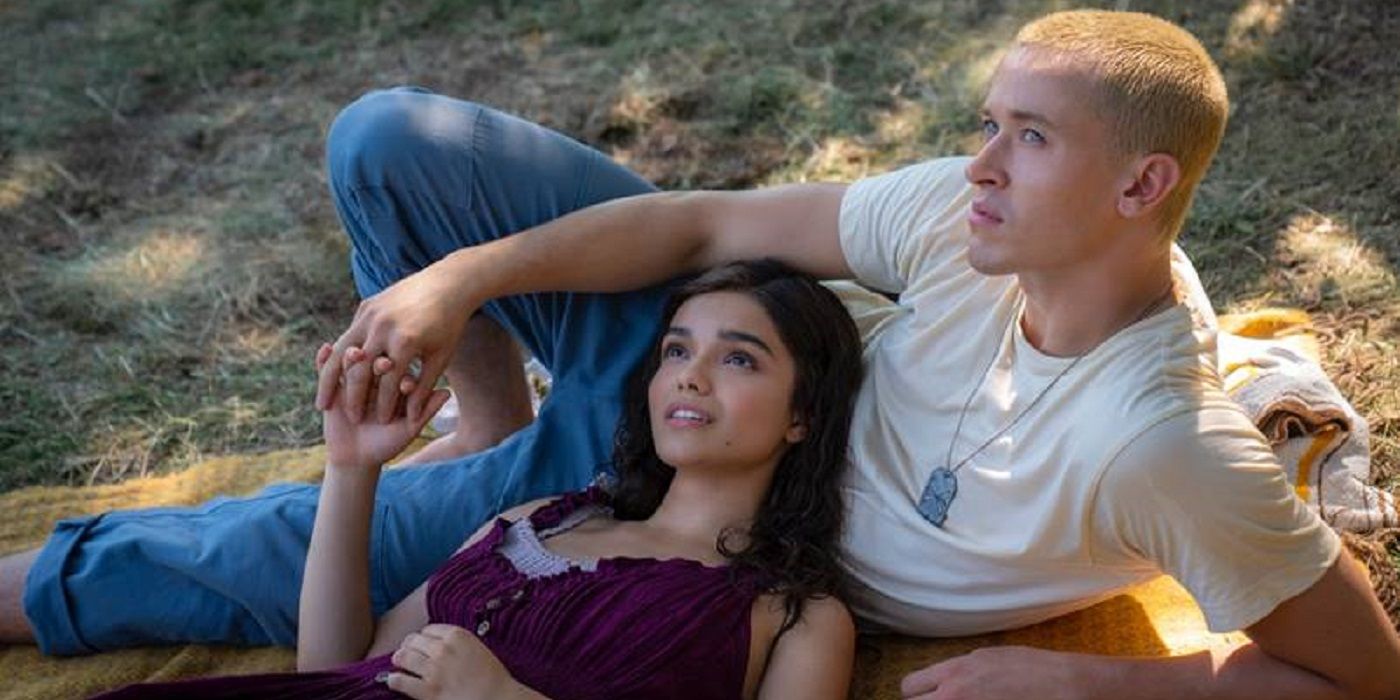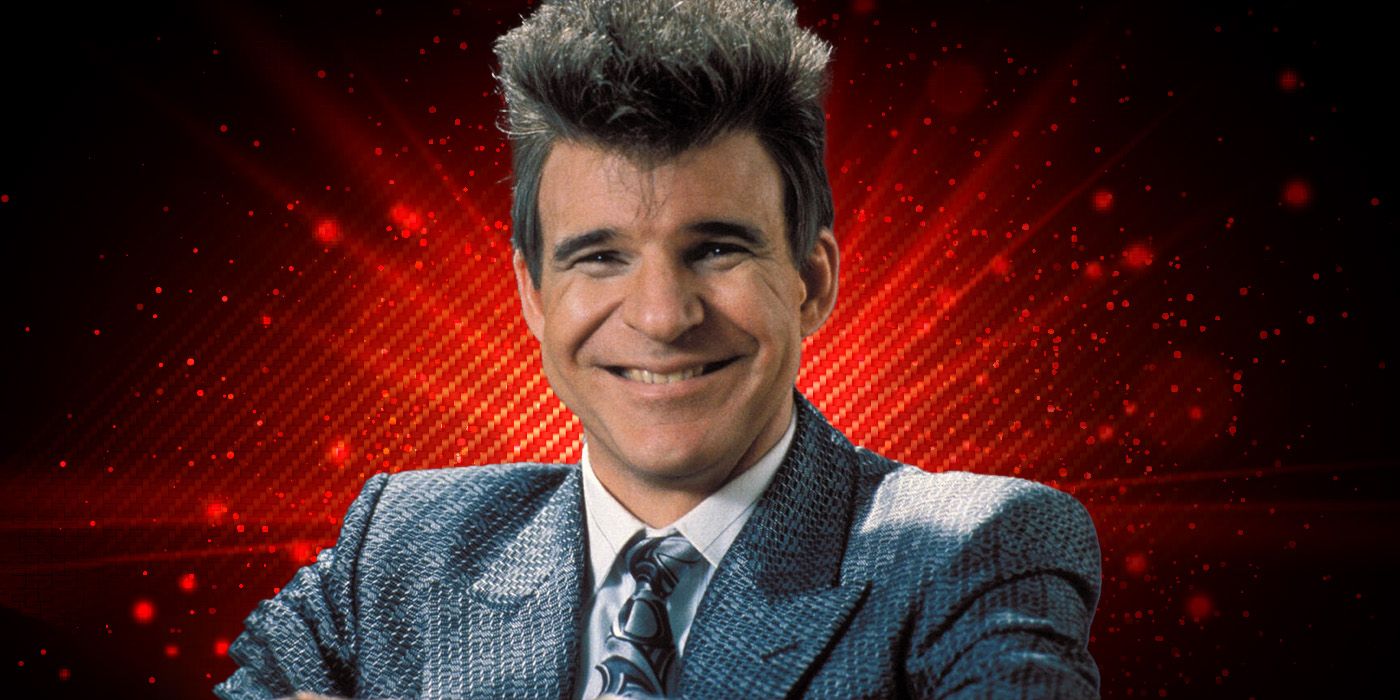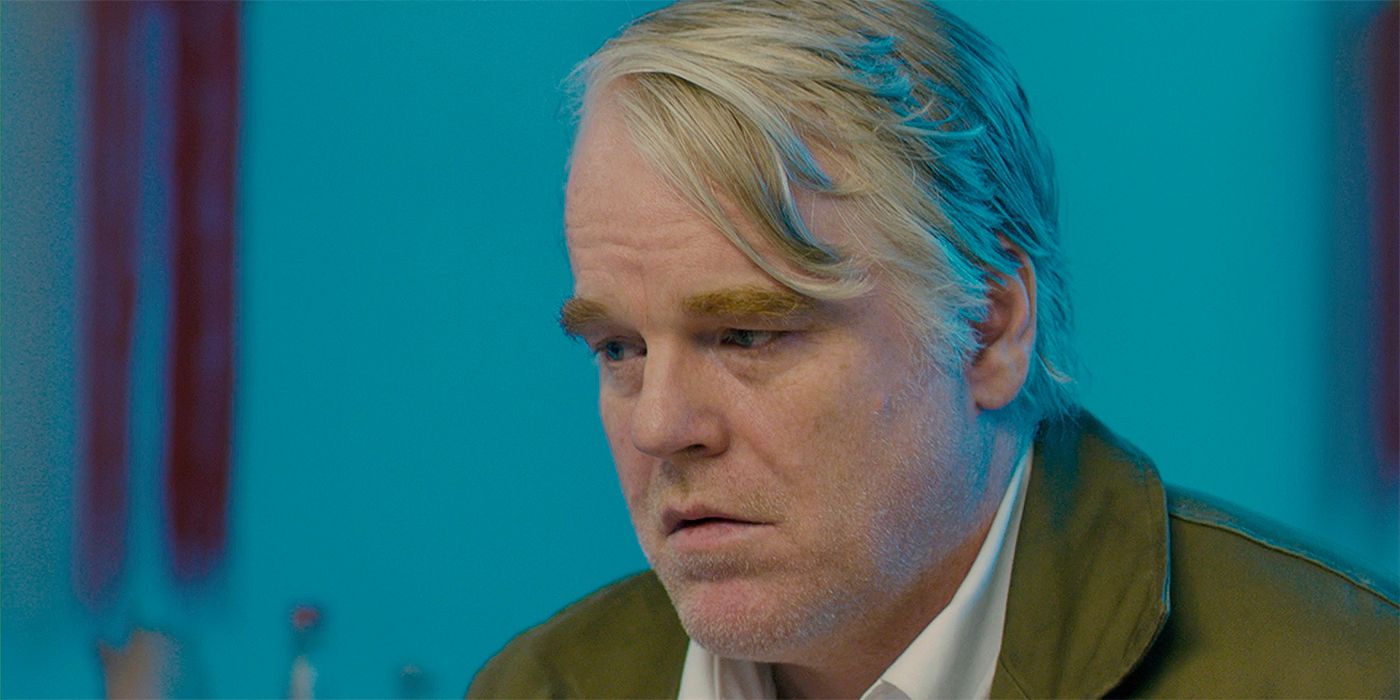Simply translated to “black film” or “dark film” in meaning, the film noir genre has been a staple of cinema since the silent era. Any cinephile will know the genre has many elements that are often if not always present in combination: aesthetics like shadow and exaggeration, morally murky material like antiheroes and complicated narratives (often told in a non-linear-fashion, via hardboiled voiceover)— and of course, femme fatales.
There are some textbook, pure classic noirs like Double Indemnity and The Maltese Falcon that are essential staples of the genre’s history and makeup, but the noir genre often merges with others like romance, spy film, action, and horror—sometimes to artistically astounding effect. The following are noirs and neo-noirs that are simply flawless from start to finish. These indispensable films from classic Hollywood to New Hollywood to more modern times remind dedicated film fans and even noir novices why this genre is so uniquely intoxicating.
13 ‘The Night of the Hunter’ (1955)
Directed by Charles Laughton
A haunting and visually breathtaking blend of psychological thriller, crime film and pure Gothic horror with fairytale undertones, classic Hollywood’s iconic nightmare stars Robert Mitchum as one of cinema’s most iconic and terrifying villains: “Reverend” Harry Powell, a fraudulent man of the cloth who seeks a cash fortune in the possession of two young children.
This was the only feature ever directed by esteemed actor Charles Laughton, and in its day it was generally dismissed or outright reviled. Like another resplendent but grim and brutal career ruiner Peeping Tom, it is now recognized as ahead of its time. This is all at once one of the most beautiful, most frightening, and strangest films ever made. Silent movie star Lillian Gish is as valuable as Mitchum to the film as his foil, an unremittingly tough woman of faith, and protector of lost children. The Night of the Hunter haunts like no other motion picture.
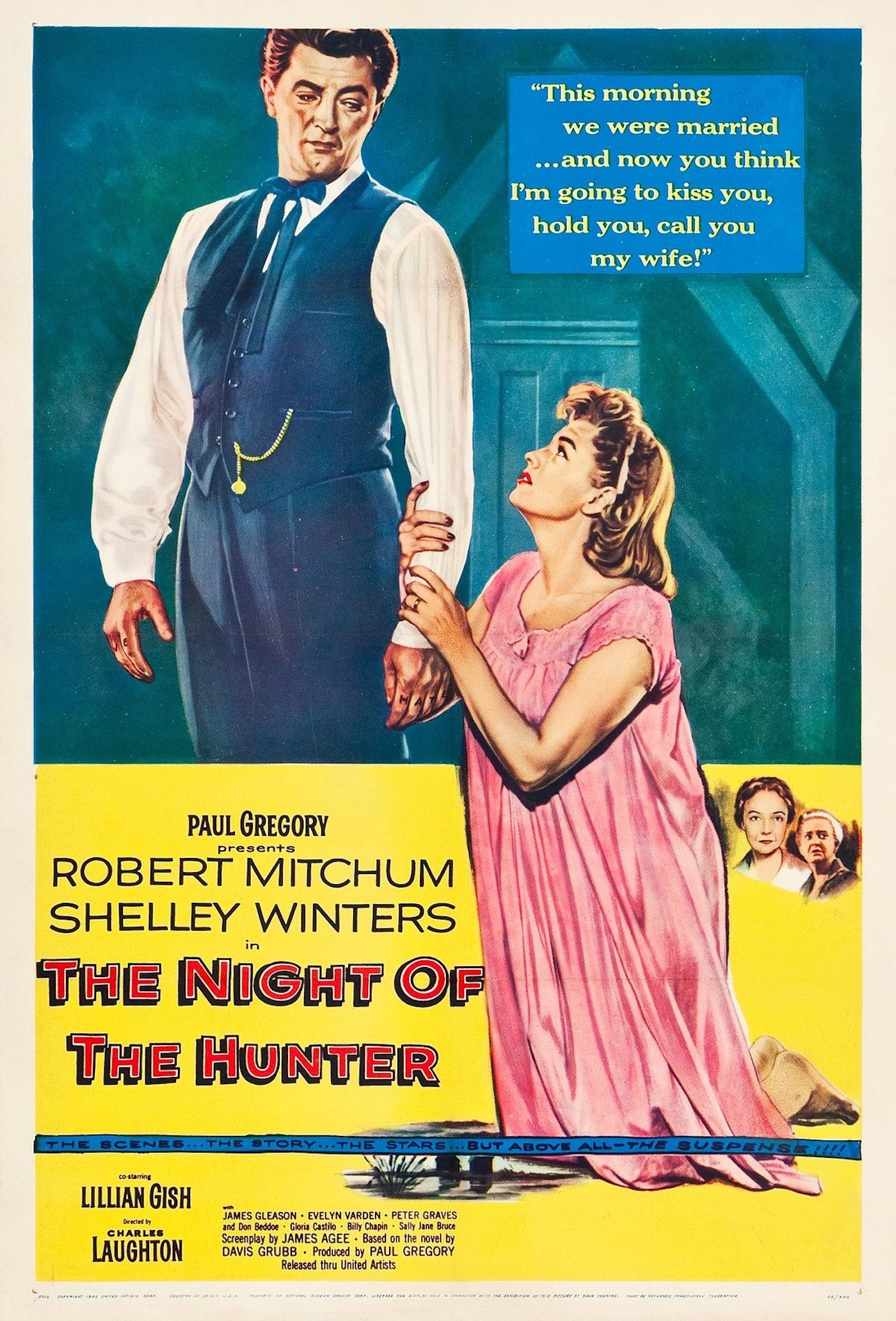
The Night of the Hunter
A self-proclaimed preacher marries a gullible widow whose young children are reluctant to tell him where their real dad hid the $10,000 he’d stolen in a robbery.
- Release Date
- July 26, 1955
- Director
- Charles Laughton
- Cast
- Robert Mitchum , Shelley Winters , Lillian Gish , James Gleason
- Runtime
- 92 Minutes
- Main Genre
- Noir
Buy on Amazon
12 ‘L.A. Confidential’ (1997)
Directed by Curtis Hanson
Concisely yet masterfully adapted from James Ellroy‘s sprawling novel, Curtis Hanson‘s timeless police story follows two seemingly mismatched lawmen (Russell Crowe and Guy Pearce) who must team up to take down a web of corruption that goes all the way to the top of the food chain in 1950s Los Angeles.
So many of the films on this list live in the shadows; L.A. Confidential is largely a bright, sunny affair on the surface. It’s all too effective in contrasting a world of sick, selfish and violent corruption that’s just underneath the city of angels, a city of dreams where many dreams have died. L.A. Confidential establishes a time and place as well as it elicits an enormous emotional response. In addition to being as engrossing a crime story as you’ll ever see on screen, it’s one of the best movies about friendship between men as well as a flawlessly acted love story.Kim Basinger won a damn well-deserved Academy Award here, playing a flawed but highly sympathetic character that, figuratively speaking, hurls preconceived notions about the femme fatale straight out of a high-rise window.
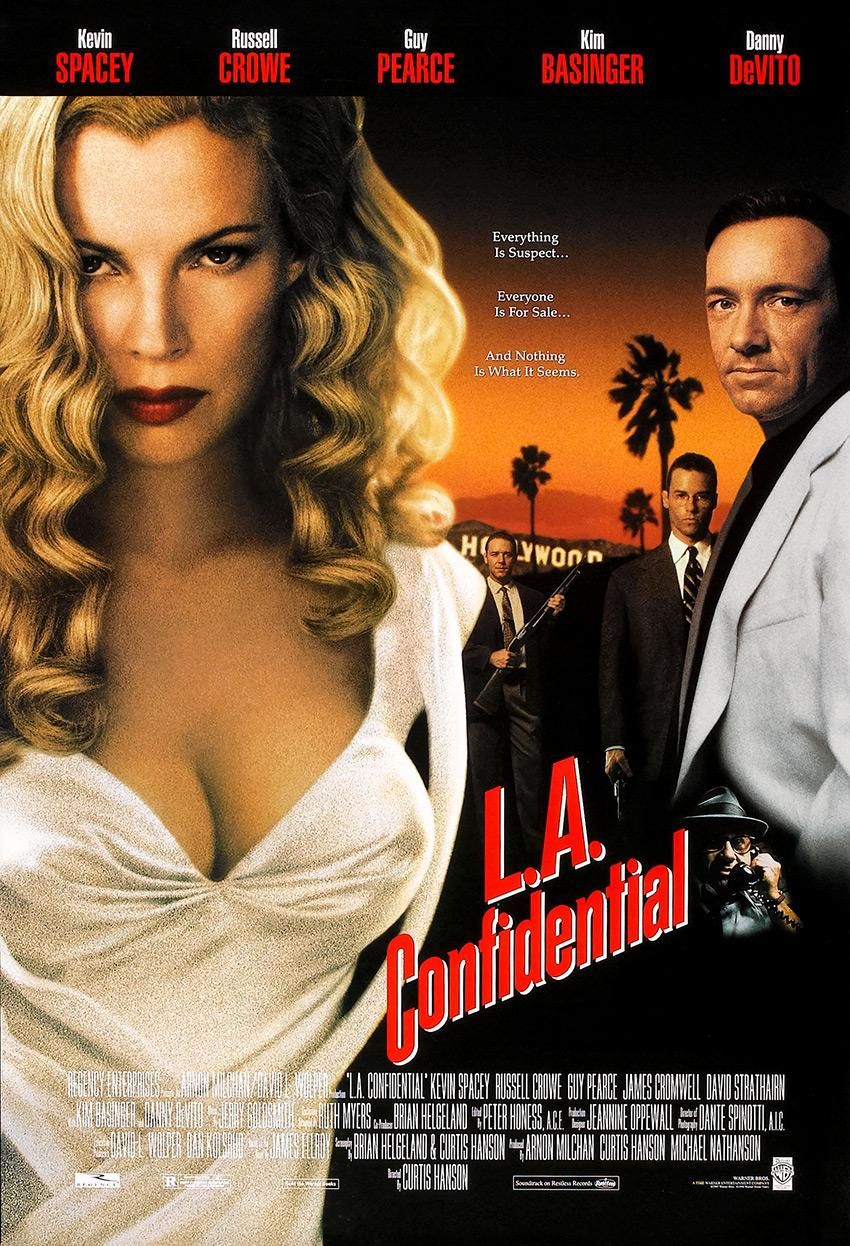
LA Confidential
Set against the backdrop of 1950s Los Angeles, a trio of detectives with vastly different styles and motivations investigates a series of crimes that reveal the depth of corruption in their own police force. Their quest for justice leads them through a labyrinth of deception and betrayal in the glittering world of Hollywood.
- Release Date
- September 19, 1997
- Director
- Curtis Hanson
- Runtime
- 138 minutes
- Main Genre
- Crime
- Writers
- James Ellroy , Brian Helgeland , Curtis Hanson
- Cinematographer
- Dante Spinotti
- Producer
- Arnon Milchan, Curtis Hanson, Michael G. Nathanson
- Production Company
- New Regency Productions, Warner Bros., The Wolper Organization
- Budget
- $35 million
Buy on Amazon
11 ‘The Maltese Falcon’ (1941)
Directed John Huston
Though it’s really important to mention The Big Sleep and other noirs opposite Laurent Bacall, Humphrey Bogart‘s most iconic appearance in the genre is undeniably as Sam Spade in John Huston‘s directorial debut, The Maltese Falcon. The incomparably cool actor stars opposite Mary Astor and Peter Lorre in a potboiler about the hysteria surrounding the eponymous MacGuffin, a dazzling and mystifying statuette. Really, though, The Maltese Falcon is all about greed and its soul-consuming futility.
Huston’s film is, in fact, a remake. A lighter but racier 1931 version is worth seeking out; its initial success was greatly squandered by the Hays Code of censorship, which stood until 1968. The 1941 film is widely considered the best detective movie ever, one of the first 25 movies preserved by the Library of Congress’s National Film Registry.
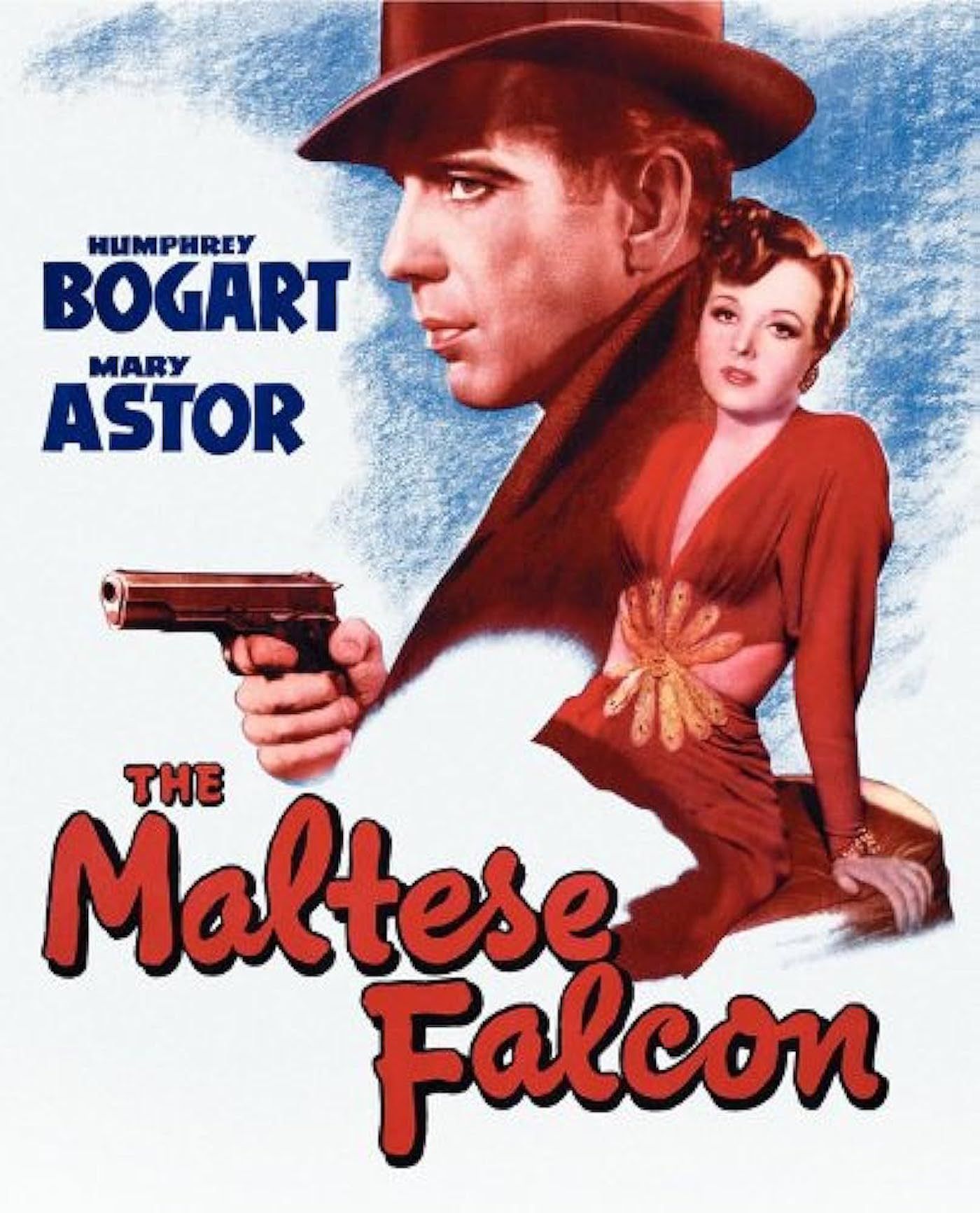
The Maltese Falcon
San Francisco private detective Sam Spade takes on a case that involves him with three eccentric criminals, a gorgeous liar and their quest for a priceless statuette, with the stakes rising after his partner is murdered.
- Release Date
- October 18, 1941
- Cast
- Humphrey Bogart , Mary Astor , Gladys George , Peter Lorre , Barton MacLane , Lee Patrick
- Runtime
- 101
- Main Genre
- Crime
- Tagline
- A story as EXPLOSIVE as his BLAZING automatics!
- Studio(s)
- Warner Bros.
10 ‘Drive’ (2011)
Directed by Nicholas Winding Refn
For all the movie receipts and publicity that came with Barbie, it’s perfectly likely, with cinephiles at least, that Drive will go down as Ryan Gosling‘s most iconic role. Often silent but exuding an imposing, threatening, often rather romantic and dreamy presence (all of that could be said of the film itself), he’s flawless as Driver, a driver (really), who gets tangled up with criminals, along with a young widow (Carey Mulligan) he must protect.
Much like Pulp Fiction, Drive tells an unremarkable crime story, but it’s the telling, the staging of it all, that makes it a masterpiece. Nicholas Winding Refn would stumble with the mindless Lynch-lite The Neon Demon and the baffling Only God Forgives, but Drive will be midnight movie heaven for time infinitum. There are undeniably echoes of another essential noir, Taxi Driver, in here, but Gosling’s presence and the romantic chemistry make this a far more tender affair, beneath the set pieces and gore, that is.
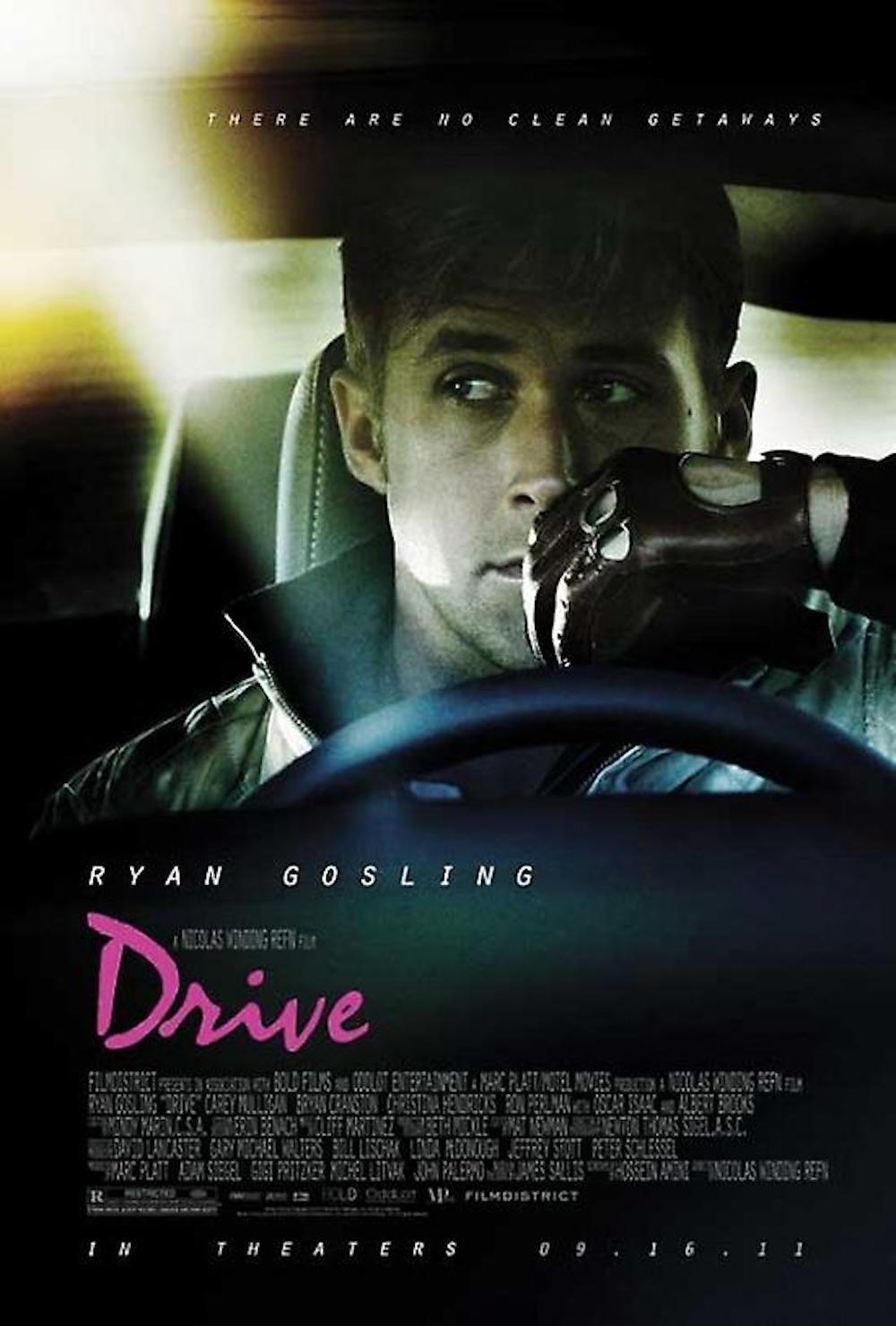
Drive
A mysterious Hollywood action film stuntman gets in trouble with gangsters when he tries to help his neighbor’s husband rob a pawn shop while serving as his getaway driver.
- Release Date
- August 6, 2011
- Director
- Nicolas Winding Refn
- Runtime
- 100
- Main Genre
- Crime
- Writers
- Hossein Amini , James Sallis
- Tagline
- Some heroes are real.
9 ‘Sunset Boulevard’ (1950)
Directed by Billy Wilder
A few years after he made the film that defines film noir to this day (more on that in a bit), classic Hollywood master of all genres Billy Wilder made another that’s just as revered, this one a Hollywood satire that satirizes Hollywood. It’s still the industry’s very best movie about itself. Gloria Swanson and William Holden star in the smoky, glamorous and often quite funny yarn about a troubled former film star, and aspiring screenwriter and their fatally flawed, delusional shot at glory.
The Academy Awards of 1951 were an all-timer for the category of Best Actress. Bette Davis and Anne Baxter of All About Eve were both nominated in the lead category at the latter’s insistence in a case of life imitating art. Swanson was nominated as well. The astoundingly close race seemingly split the votes, resulting in a shock win for newcomer Judy Holliday in Going My Way. All three of the aforementioned performances are for the history books in a way that’s less ephemeral than an Oscar win, however.
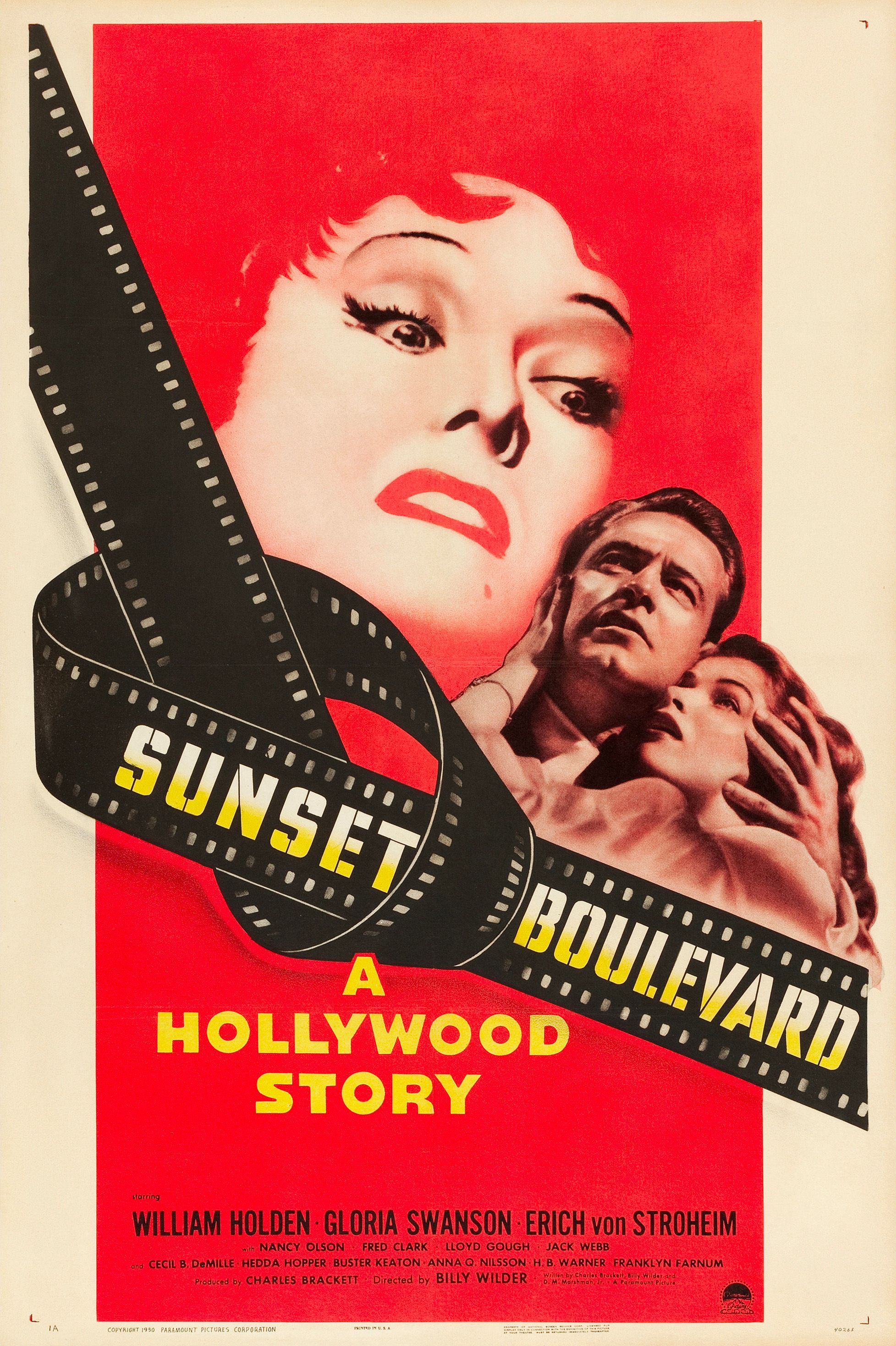
Sunset Boulevard
- Release Date
- August 10, 1950
- Director
- Billy Wilder
- Cast
- William Holden , Erich von Stroheim
- Runtime
- 110 minutes
- Main Genre
- Film Noir
- Writers
- Charles Brackett , Billy Wilder
Buy on Amazon
8 ‘Laura’ (1944)
Directed by Otto Preminger
The noir genre is known for its convoluted plots (see The Maltese Falcon for reference), but Otto Preminger’s Laura stands apart in this regard. It’s as much a triumph of style over substance as it is a triumph of style over sanity. Dana Andrews stars opposite Vincent Price and Clifton Webb, as a detective who finds himself falling in love with a dead executive (Gene Tierney) whose murder he’s investigating.
Laura, released the same year as film noir sovereign Double Indemnity, received an Oscar for its black-and-white photography. It’s an earnest love story, and a ghost story in the way Hitchcock’s timeless Rebecca is a ghost story. It’s been preserved in the National Film Registry since 1999, and its reputation has only grown over time. There was a 1968 TV remake co-written by Truman Capote that was lambasted and is hard to even track down these days. Stick with the superlative original.
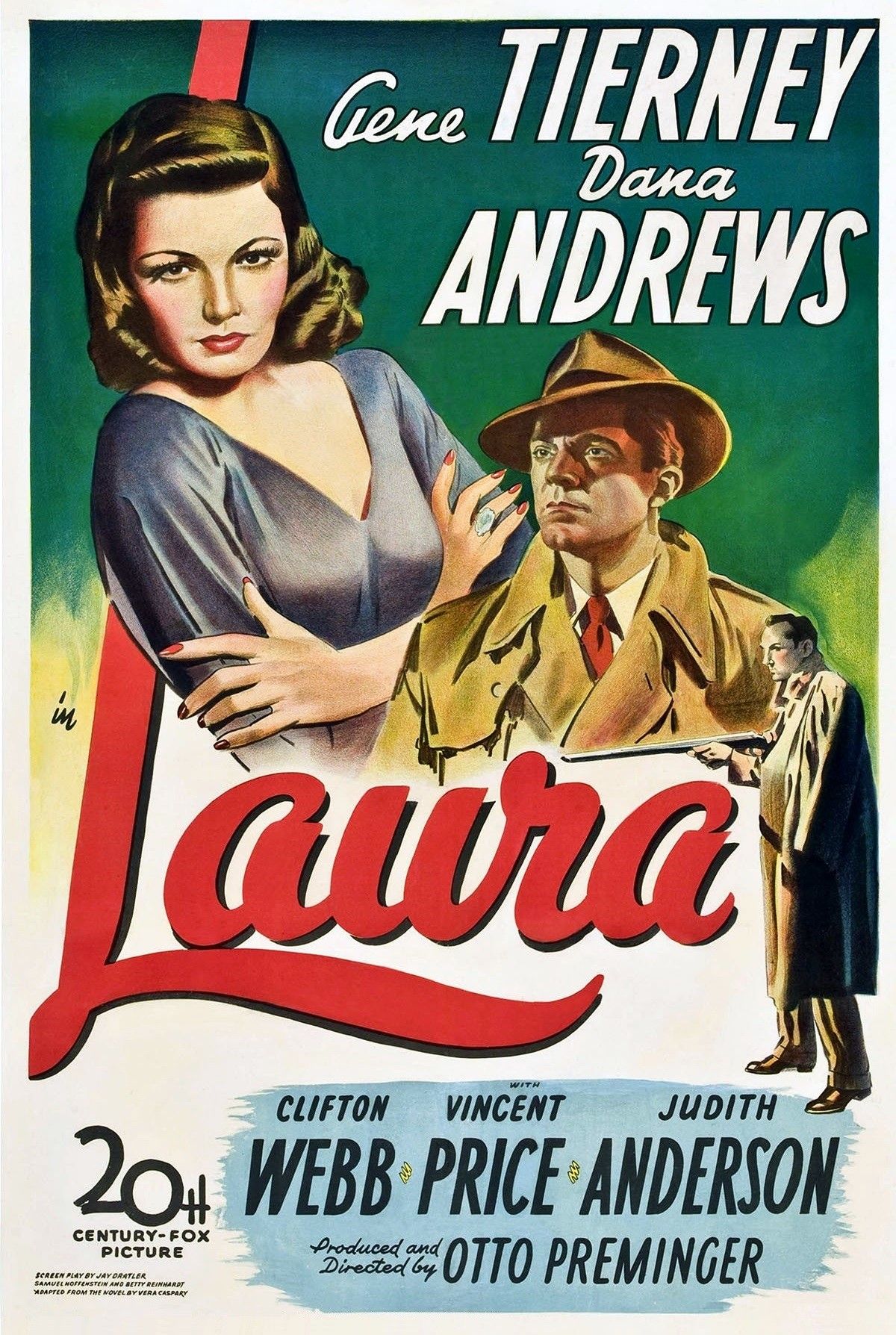
Laura
A police detective falls in love with the woman whose murder he is investigating.
7 ‘Blue Velvet’ (1986)
Directed by David Lynch
So many filmmakers have tried their hand at emulating the style of David Lynch to underwhelming, often bewildering results. There really only is one David Lynch. Along with the likes of Mulholland Dr., Eraserhead and the best of Twin Peaks, this ’80s landmark represents the most fully realized and rewarding work that made “Lynchian” worth adding to the Oxford Dictionary. The crime film, about an idealistic college student who falls in with a criminal underworld after finding a severed ear, stars Kyle MacLachlan, Isabella Rossellini, and Dennis Hopper (unforgettable as hyper-sexualized villain Frank Booth).
Just for the record, not every Lynch movie is quite this disturbing or uncanny. The Elephant Man is a straightforward drama that’s oddly at home with the rest of the canon, and Lynch further proved his range with the sweet, simply perfect family film The Straight Story in 1999.
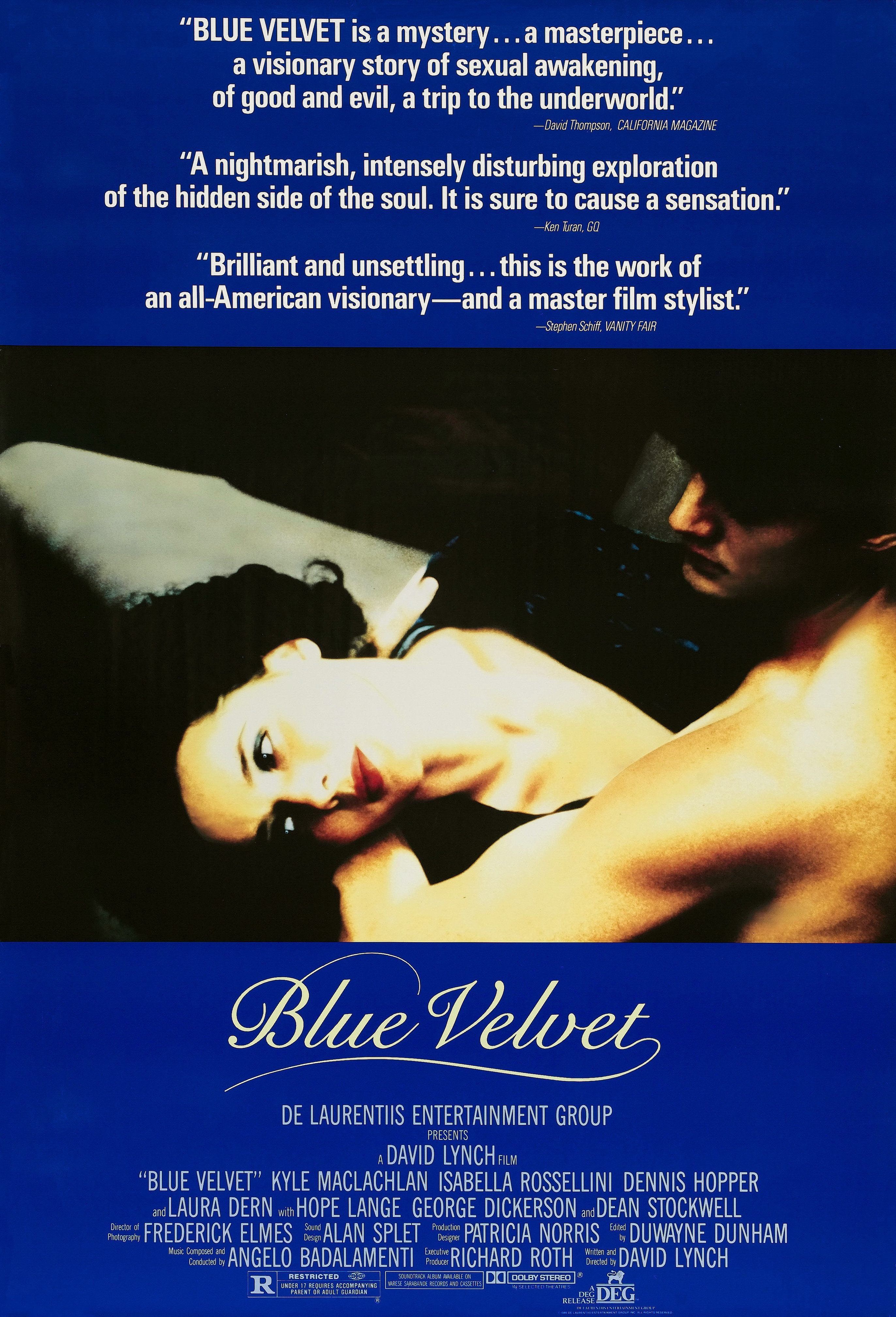
Blue Velvet
The discovery of a severed human ear found in a field leads a young man on an investigation related to a beautiful, mysterious nightclub singer and a group of psychopathic criminals who have kidnapped her child.
- Release Date
- October 3, 1986
- Director
- David Lynch
- Runtime
- 120 minutes
- Main Genre
- Drama
- Writers
- David Lynch
- Tagline
- It’s a strange world.
6 ‘Notorious’ (1946)
Directed by Alfred Hitchcock
Alfred Hitchcock‘s most iconic noir is in color, and it’s a film called Vertigo (you know, the movie that’s on every list on the best movies ever made, sometimes at the top). It’s really important to remember Notorious is just as good. Roger Ebert famously called it “the most elegant expression of the master’s visual style.” Cary Grant, Ingrid Bergman and Claude Rains are at their very best in a dark, sometimes cynical, ultimately profoundly romantic spy story about a deadly love triangle in the immediate aftermath of WWII.
Notorious is ageless, only a little better than that. It just gets fresher and more urgent over time. Ben Hecht’s script looks at a toxic romance and alcoholism with a bluntness that was ahead of its time, at least on film. Shot with an expertly gliding camera and silky shades of silver that could make a viewer question if movies ever needed color, Notorious is a chilly but humanistic film that climaxes with some of the most romantic gestures and dialogue ever committed to film.
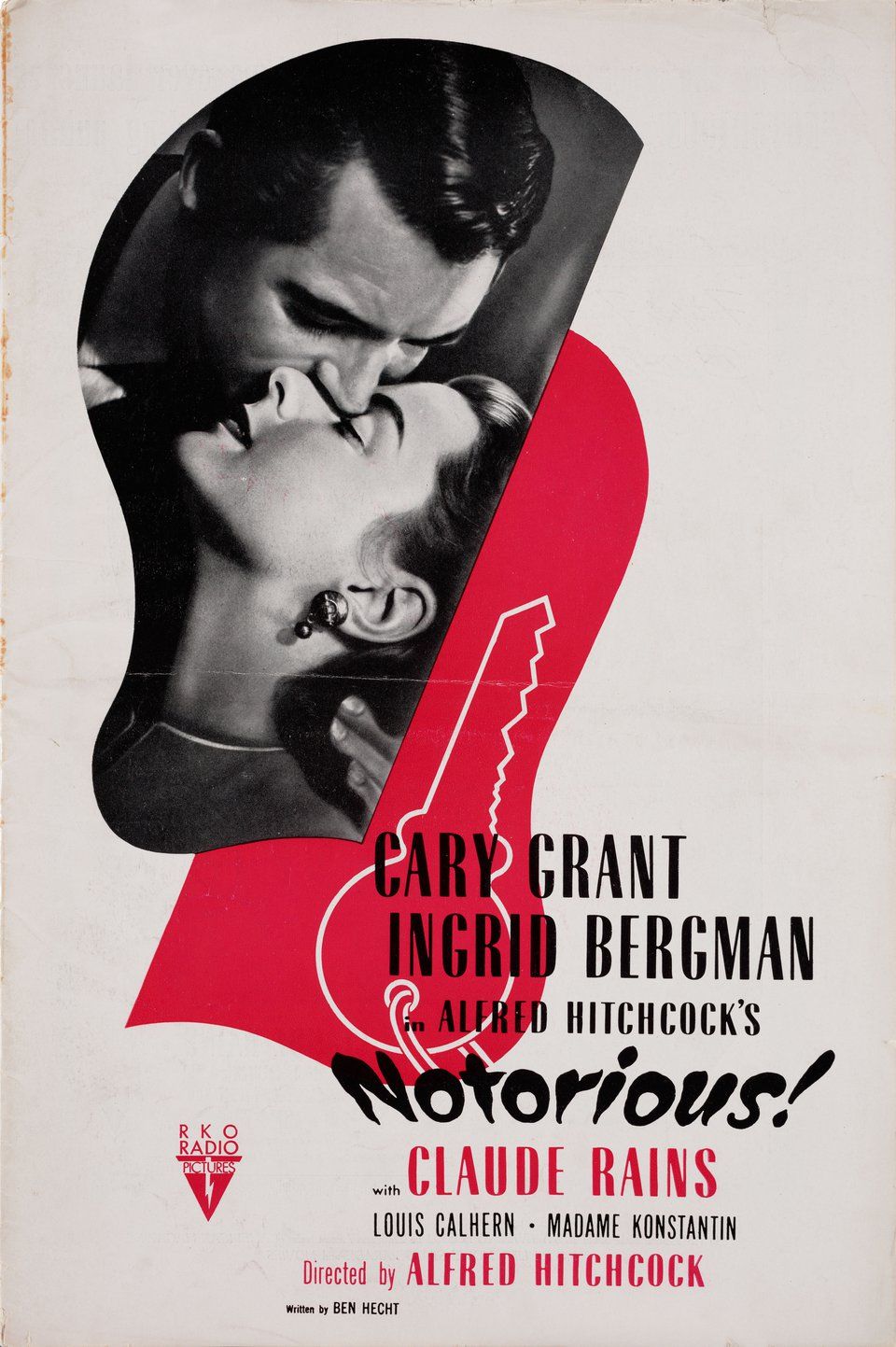
Notorious (1946)
- Release Date
- September 6, 1946
- Cast
- Cary Grant , Ingrid Bergman , Claude Rains , Leopoldine Konstantin , Louis Calhern
- Runtime
- 123 minutes
- Main Genre
- Film Noir
- Writers
- Ben Hecht
Buy on Amazon
5 ‘The Last Seduction’ (1994)
Directed by John Dahl
Not unlike the exasperating bureaucratic exclusion of Essie Davis for her work in The Babadook 20 years later, Linda Fiorentino wasn’t eligible for a much-deserved Oscar nomination because The Last Seduction aired on premium cable TV around the same time it received a limited theatrical release. What a damn shame; this was one of the most gripping turns in an uncommonly strong year for Hollywood and international cinema.
In John Dahl‘s tense, low-budget erotic thriller, the actress (who’d memorably co-star in Men In Black soon after) plays a femme fatale who runs away with her husband’s drug money before planning her next big con. For all the attention Sharon Stone received for Basic Instinct two years prior (her performance was better than the rather goofy movie), Fiorentino is the true successor to Barbara Stanwyck‘s Phyliis Dietrichson as a chilling, sometimes funny, utterly ruthless and indeed diabolical zenith of the archetype.
Rent on Amazon
4 ‘Collateral’ (2004)
Directed by Michael Mann
Tom Cruise has always been one of the best actors on the planet, a better actor than he ever gets credit for. Many will point to Magnolia as his best dramatic performance, but it’s really worth considering Collateral here too. He’s animalistic, undeniably wolf-like in Michael Mann‘s action-heavy neo-noir about a hitman who ropes an innocent cabbie (Jamie Foxx) into a night of hit after hit.
Drenched in neon, high lights and low shadows, this is Mann’s first movie shot almost entirely on digital. Collateral is the best, most accurate and most effective movie ever made about Los Angeles at night. From a short but rather magnificent scene a of coyote prowling the urban streets to a nightclub shootout that’s among the best ever filmed by a director who’s the master of that kind of thing, Collateral is as much an examination of an enormous, impersonal city as it is about the morality play happening in the taxi.
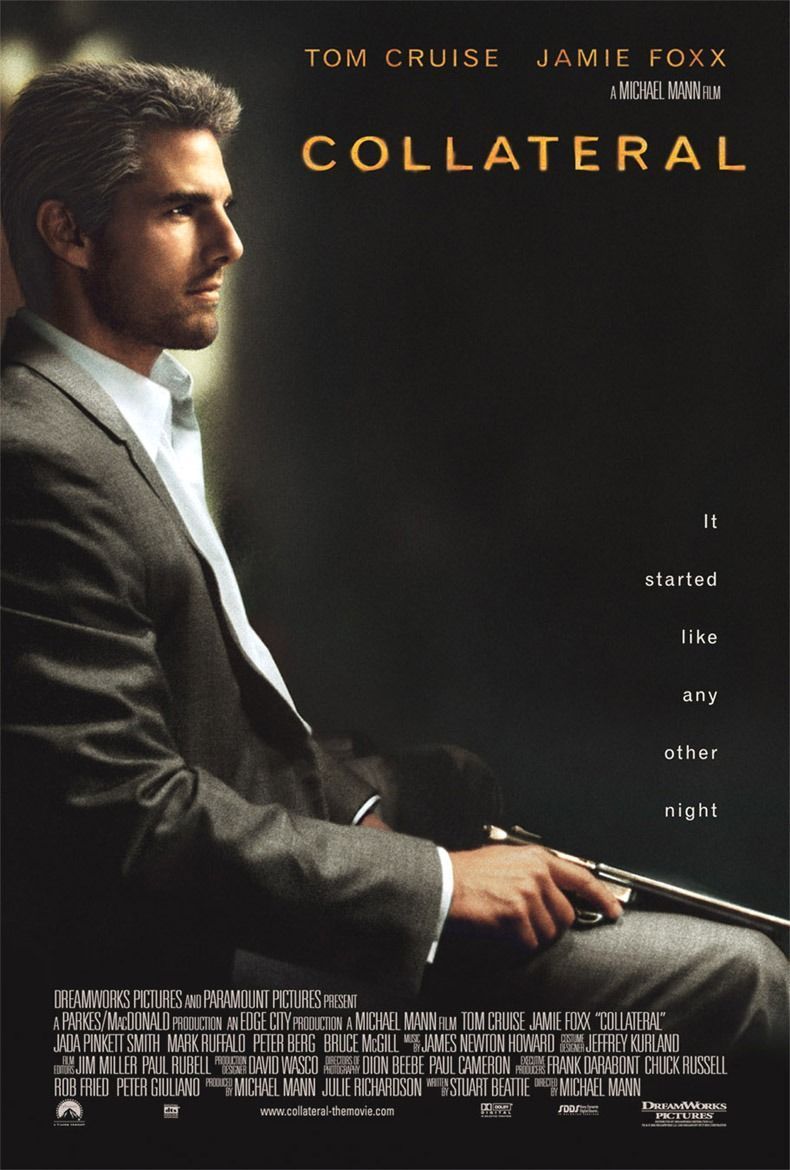
Collateral
- Release Date
- August 4, 2004
- Director
- Michael Mann
- Runtime
- 119
- Main Genre
- Crime
- Writers
- Stuart Beattie
- Tagline
- It started like any other night.
3 ‘Vertigo’ (1958)
Directed by Alfred Hitchcock
It’s impossible to make a list of perfect noirs, or perfect movies for that matter, without eventually getting around to Vertigo. Named the greatest film of all time by Sight and Sound‘s 2012 poll of international critics, this is the Master of Suspense’s timeless tale of obsession, starring the widely-liked military veteran and veteran actor James “Jimmy” Stewart as private eye John “Scotty” Ferguson, who becomes enamored with the glamorous blonde (Kim Novak) he’s assigned to pursue.
Vertigo is a superb example of the filmmaking craft, without peer, really. From the deliberate use of coloring to enhance the narrative in soft, dreamy photography—to Bernard Hermann‘s thunderous yet romantic score, which might be the greatest of any film. Saul Bass‘s animated opening titles depict a circular vortex that foreshadows Scotty’s fear of heights, sure, but more so his addictive cycle of obsession, a cycle of death.
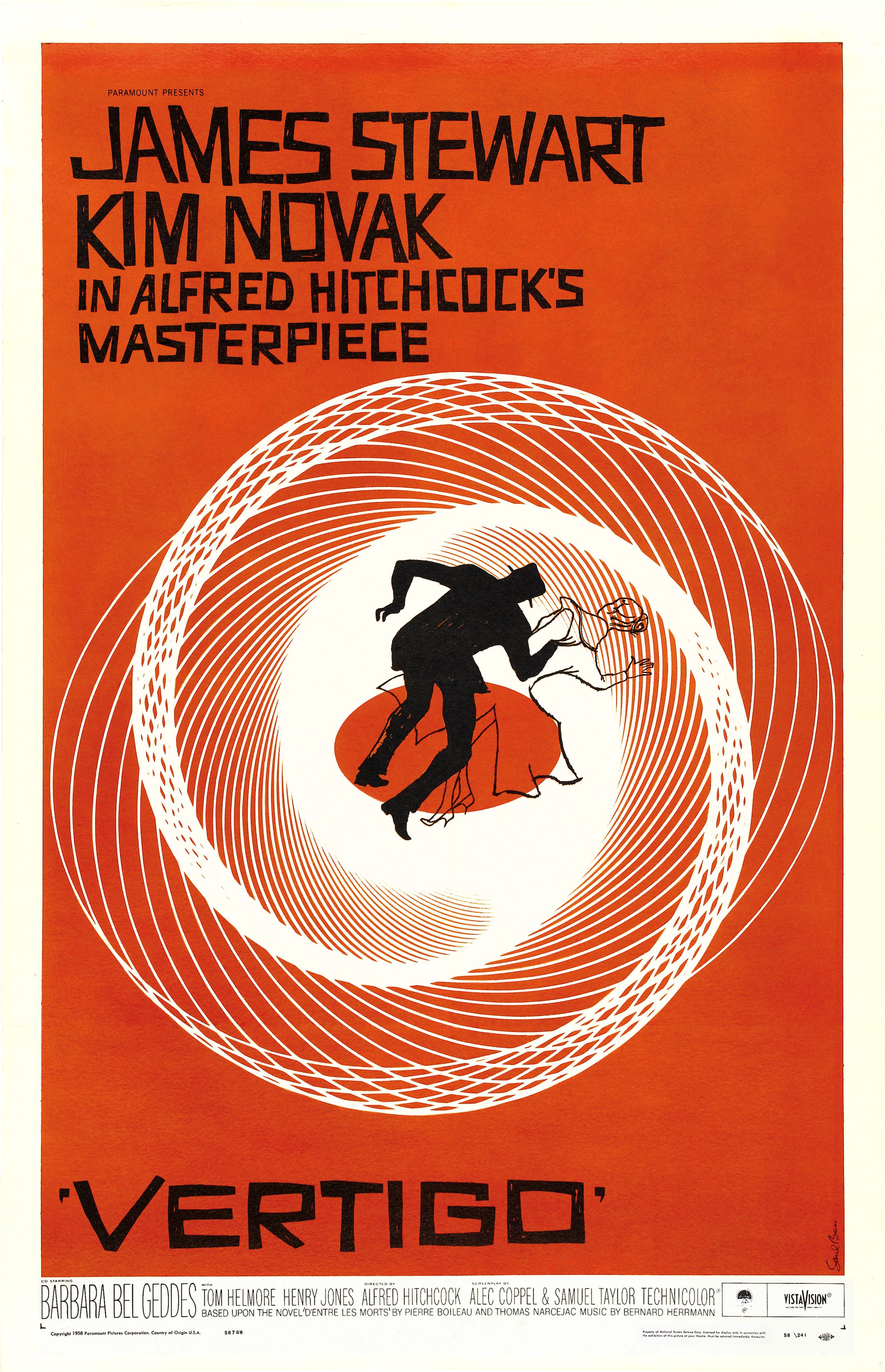
Vertigo
A former San Francisco police detective juggles wrestling with his personal demons and becoming obsessed with the hauntingly beautiful woman he has been hired to trail, who may be deeply disturbed.
- Release Date
- May 28, 1958
- Cast
- James Stewart , Kim Novak , Barbara Bel Geddes , Tom Helmore , Henry Jones , Raymond Bailey
- Runtime
- 128
- Main Genre
- Mystery
- Writers
- Alec Coppel , Samuel A. Taylor , Pierre Boileau , Thomas Narcejac , Maxwell Anderson
- Tagline
- Alfred Hitchcock engulfs you in a whirlpool of terror and tension
2 ‘Chinatown’ (1974)
Directed by Roman Polanski
Though it could easily be argued his most iconic performances are in The Shining and One Flew Over the Cuckoo’s Nest (hell, even Batman), there’s a case to be made for Chinatown being Jack Nicholson‘s greatest movie. He stars opposite Faye Dunaway and Maltese Falcon director John Huston in a mystery penned by Robert Towne, inspired by the real-life California water wars of the early 20th century. New Hollywood was a time of breaking established rules; Chinatown is the definitive neo-noir.
The screenwriter and director Roman Polanski famously fought—and eventually parted ways on poor terms—over the film’s ending. The director insisted upon the hopeless, nihilistic but dramatically exquisite ending we got, with a tragic, complex femme fatale shot in the back, and the last vestiges of innocence and hope handed over directly into the clutches of evil—by the police, no less. Few major American productions have ever concluded with such an absence of light. There’s also never been a better ending. “Forget it, Jake. It’s Chinatown.”

Chinatown
- Release Date
- June 20, 1974
- Director
- Roman Polanski
- Runtime
- 130 minutes
- Main Genre
- Crime
- Writers
- Robert Towne , Roman Polanski
- Studio
- Paramount
- Tagline
- Gittes: Dam nosey detective
1 ‘Double Indemnity’ (1944)
Directed by Billy Wilder
And here lies the granddaddy of them all. Billy Wilder’s hardboiled thriller is as suspenseful as a motion picture can be (Hitchcock famously said the most important words in Hollywood were “Billy” and “Wilder” after seeing it) and it remains the final word in the film noir genre. Based on the short but punchy, downbeat novella by James M. Cain, the story of an insurance salesman (Fred MacMurray) roped into murder by the calculating Phyllis Dietrichson (Barbara Stanwyck) is the first Hollywood movie from the perspective of murderers. It’s retained much of its bite over 80 years.
Like another great thriller, The Silence of the Lambs, Double Indemnity is a collaboration of top talent behind and in front of the camera doing the best work of their careers. Stanwyck, who reportedly had a genius IQ and was at the time the highest-paid woman in America, is perhaps the landmark film’s greatest asset. Phyllis Dietrichson is the deadliest, most chilling and most unconscionable of all femme fatales, the greatest of the archetype, in the ultimate “dark film.”
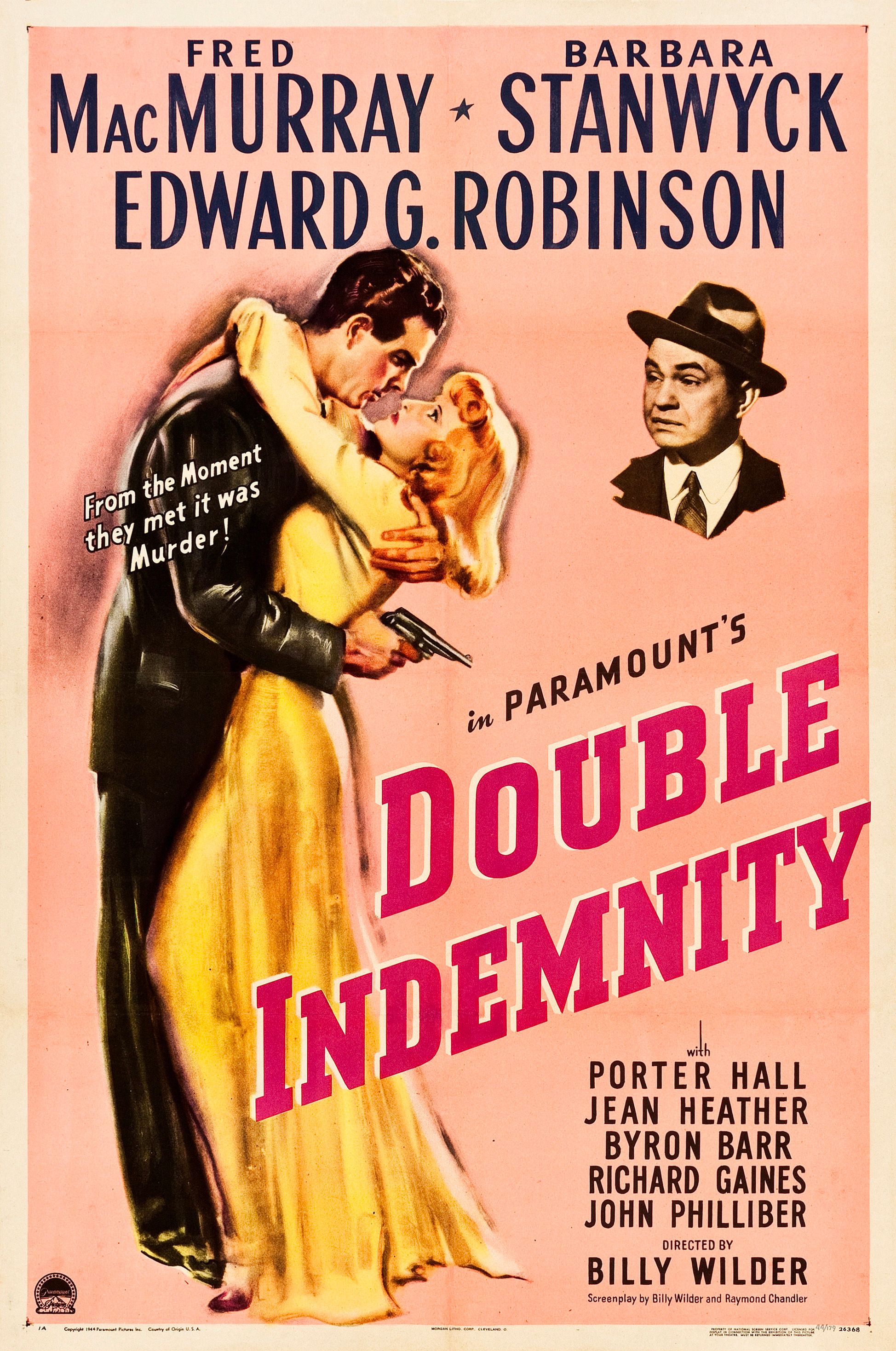
Double Indemnity
A Los Angeles insurance representative lets an alluring housewife seduce him into a scheme of insurance fraud and murder that arouses the suspicion of his colleague, an insurance investigator.
- Release Date
- July 6, 1944
- Director
- Billy Wilder
- Cast
- Fred MacMurray , Barbara Stanwyck , Edward G. Robinson , Byron Barr
- Runtime
- 107 minutes
- Main Genre
- Crime
- Writers
- Billy Wilder , James M. Cain

